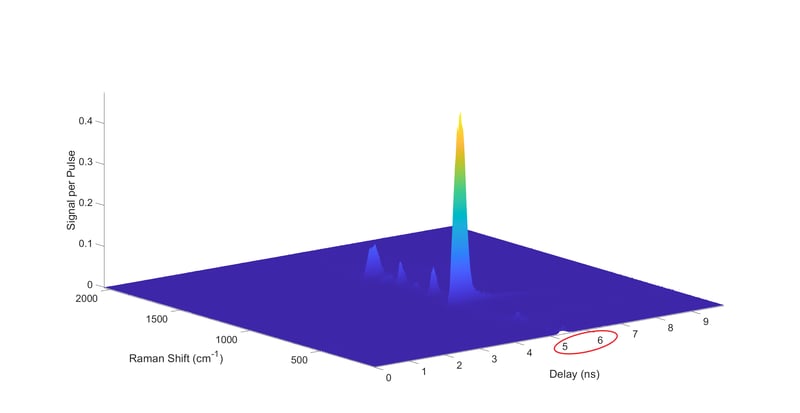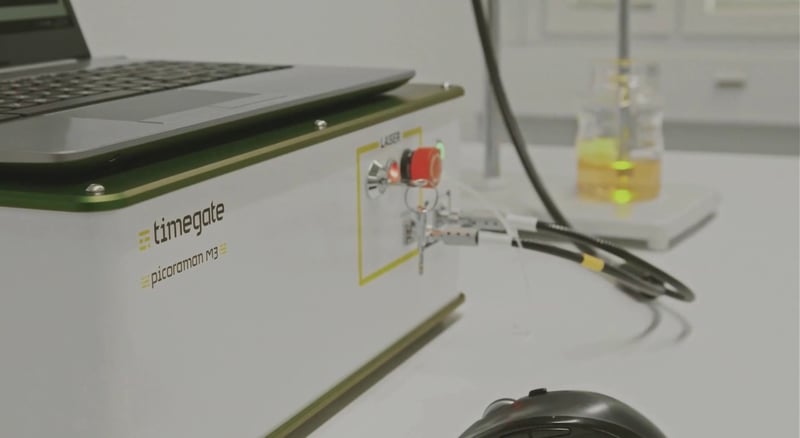FAQ | 15.11.2022
Share this article:
Related articles
FAQ | 20.05.2025
FAQ: Will my samples be damaged during measurements?
Learn how Timegated® Raman spectroscopy minimizes sample damage during measurements, ensuring...
FAQ | 09.04.2025
FAQ: What is the Lowest Concentration that can be Detected by the PicoRaman M3 Spectrometer?
Explore how the PicoRaman M3 spectrometer determines the limit of detection for various samples and...
FAQ | 28.09.2023
FAQ: How to Determine Feasibility and Access Accurate Sample Measurements
Discover how to determine the feasibility of Timegated® Raman spectroscopy for your application...







